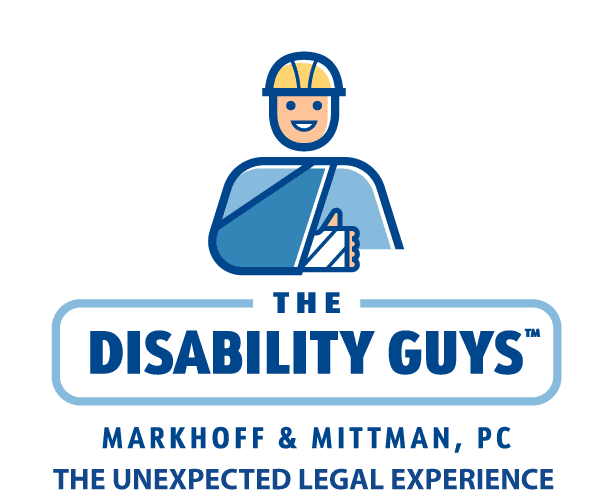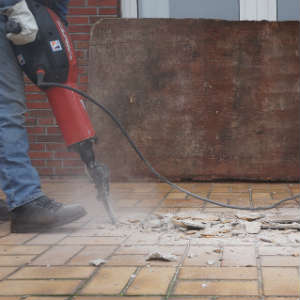Tools are what help us do our jobs every single day. There are millions of tools of every shape and size from a simple pencil to a huge crane, designed to lift thousands of pounds at a time. While life can be made easier with the use of these tools, sometimes the unthinkable happens and a defect causes the tool to malfunction. That’s when people get hurt.
What Types Of Equipment Defects Cause Accidents?
Under product liability laws, there are three types of recognized defects:
Poor Instructions Or Warning Labels
Did you know that the companies who manufacture and sell a product are responsible for putting warning labels on their goods so that consumers know how to safely use it? For example, one commonly known warning is to not use a hairdryer while in water. On equipment that might be used for work, the warning might include things like the maximum weight that a machine can manage.
If there is a risk associated with using a specific type of equipment, then the manufacturer must provide that warning, otherwise, they may be liable for any injuries that occur.
Manufacturing Defects

- Improper temperatures.
- Foreign objects.
- Improper chemical use.
Design Defects
Just because something looks good on paper doesn’t mean it will function the way that it was designed to. It is the responsibility of the designer and manufacturer to test their products before putting them on the market so that consumers are safe and a redesign can fix any potential defects that might cause someone harm.
In the moments after an accident, most people aren’t thinking about what caused their injuries and are, as they should be, more focused on seeking the medical care that they desperately need.
Defective Nail Gun Sends Nail Into Worker’s Brain
In one case, a carpenter who had been working in his industry was seriously injured by a defective nail gun.
On the day of his accident, he was using a Hitachi pneumatic nail gun on the roof of a home when the gun recoiled. The recoiling motion caused the gun to rotate towards his face and it hit him on the upper lip. What he didn’t realize that when the gun hit his lip, it also discharged a nail.
Amazingly, he was able to drive himself to the ER where he told doctors that he had a split lip. They sutured his lip and sent him home, but over the next several weeks, he started to experience dizziness and migraines. When one of his migraines prevented him from walking, he once again went to the ER where doctors took an X-ray of his head. That’s when they found something shocking:
He had a nail in his skull and the point was penetrating the front of his brain.
Today, even after successful removal of the nail, he continues to experience debilitating headaches, impaired memory, and numbness in his limbs. He has been unable to return to the work he enjoyed for 40 years.
Victims Of Defective Equipment Do Have Options
The last thing that most work accident victims are thinking about when they are rushed into the ER is how much their medical bills will be, but shortly after the dust has settled, financial stress usually becomes prominent.
There are ways for these workers to obtain compensation. This includes:
Workers’ Compensation
Workers’ compensation insurance is required by the majority of all employers in New York. This policy is supposed to cover all workers who are injured on the job, even if the accident which caused them injuries was caused by their own mistake.
Once a claim has been made, the policy should provide coverage for the worker’s’ medical expenses and a fraction of their lost wages, yet time and time again, denials are issued because of a simple mistake made on a claim form, an employer who is contesting the claim, or medical records that aren’t complete, leaving the patient to fend for themselves.
Personal Injury Lawsuits
If a defect causes an injury, the designers and manufacturers of the defective product can be sued. Lawsuits can provide the victim with compensation that cannot be obtained through a workers compensation claim alone. Compensation may cover medical bills, the full amount of lost wages both past and expected future, physical pain and suffering, and emotional trauma.
There are strict time limits on filing each of these claims which is why it is best to contact an attorney as soon as possible.
What Information Do I Need To FIle?
The best way to ensure that a claim is approved or a lawsuit is won is to keep good records. This may include:
- Taking photographs of the scene of the accident and of the defective equipment.
- Keeping the defective equipment to be examined.
- Taking photographs of the injuries sustained – both immediately after the accident and as the healing process progresses.
- Obtaining a copy of medical records from all treating physicians.
- Keeping copies of any claims that have been filed.
- Collecting the names and contact information of anyone who may have witnessed the accident.
- Copies of anything that is sent from the insurance company.
All of this evidence can be used by an attorney to build a successful case.
Does A Product Recall Mean I No Longer Have A Case?
Absolutely not. Just because a company has recognized that a product is dangerous doesn’t mean they are no longer liable for the damage it has caused.
How Do I Know If A Defect Caused My Injury?
It may be unclear at first what caused the injured worker harm. Even if you suspect that you may only have a workers’ compensation claim, an attorney can still help.
A workers’ compensation claim and personal injury lawsuit can be filed at the same time. While an attorney assists with filing the workers’ comp claim, they can review the accident, consult with specialists, and determine if other negligent parties are at fault. Then the lawsuit can be filed.
You already have enough to handle – let us help.

